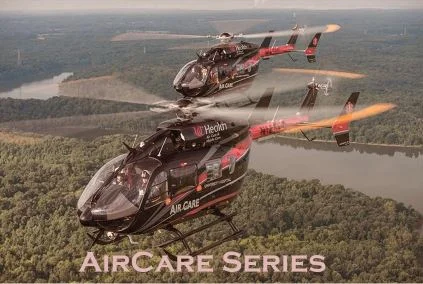Grand Rounds Recap 1.2.19
/We had an excellent series of lectures this week at our Grand Rounds to welcome in the New Year! The esteemed Drs. Calhoun and Stettler started us off with our Great Debate series pitting Ketofol against Ketamine or Propofol alone for procedural sedation. The winner of this debate? Definitely the audience who got to soak up the expertise from these clinical giants. Next up was Dr. Leenellett who guided us through some community ED cases of early pregnancy vaginal bleeding in our Discharge, Transfer, or Treat lecture series. Dr. Laurence then led us through a small group case based discussion on the indications for massive transfusions in trauma. Then a hush fell over the crowd as Dr. Iparraguierre laid down the CPC gauntlet with a presentation of Myasthenia Gravis for Dr. LaFollete who masterfully identified the Ice Pack Test as the diagnostic test of choice! Next up was Dr. Colmer who gave some tips for the management of severe alcohol withdrawal with his case follow-up lecture. There was no knocking this knowledge train off the tracks as Dr. Urbanowicz led us through a harrowing discussion on Weapons of Mass Destruction. To round out the day Drs. Klaszky, Gauger, and Murphy Crews led us through some small group exercises on the NIH stroke scale, CT angiography of the head and neck interpretation, neurological emergencies jeopardy, and indications for performing a burr hole with some hands on practice (simulation of course!).
Read More












